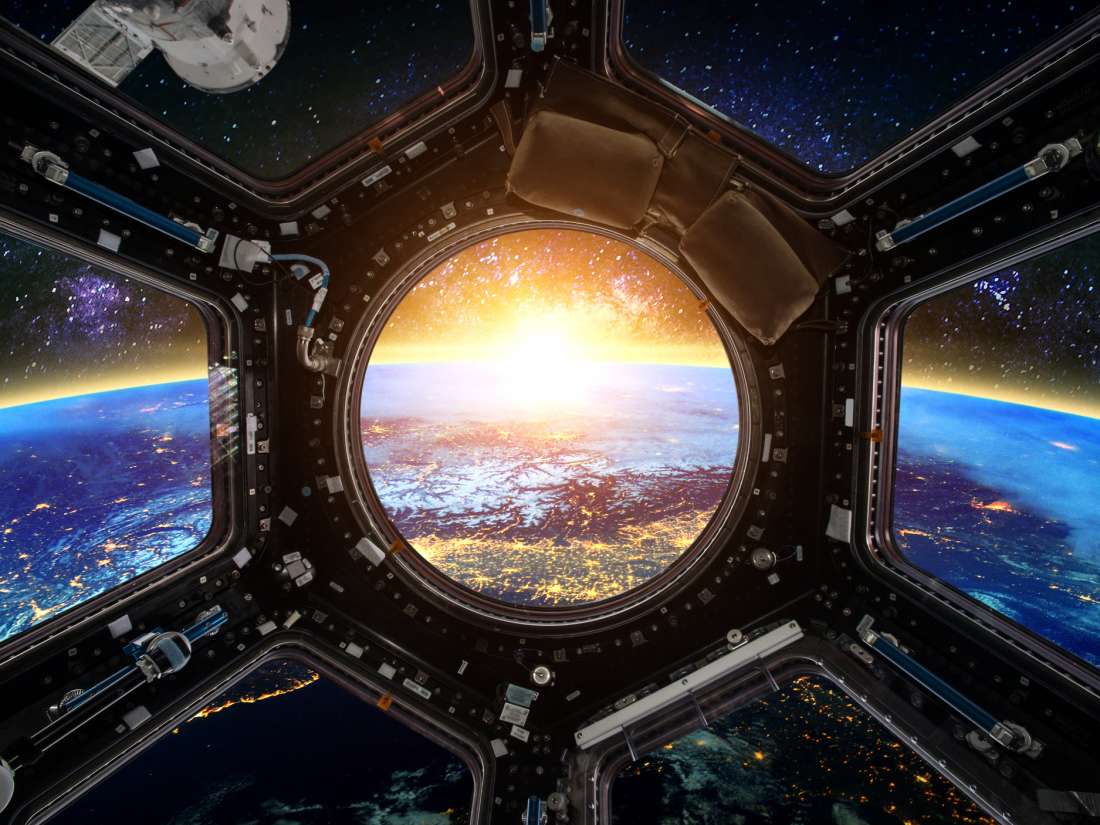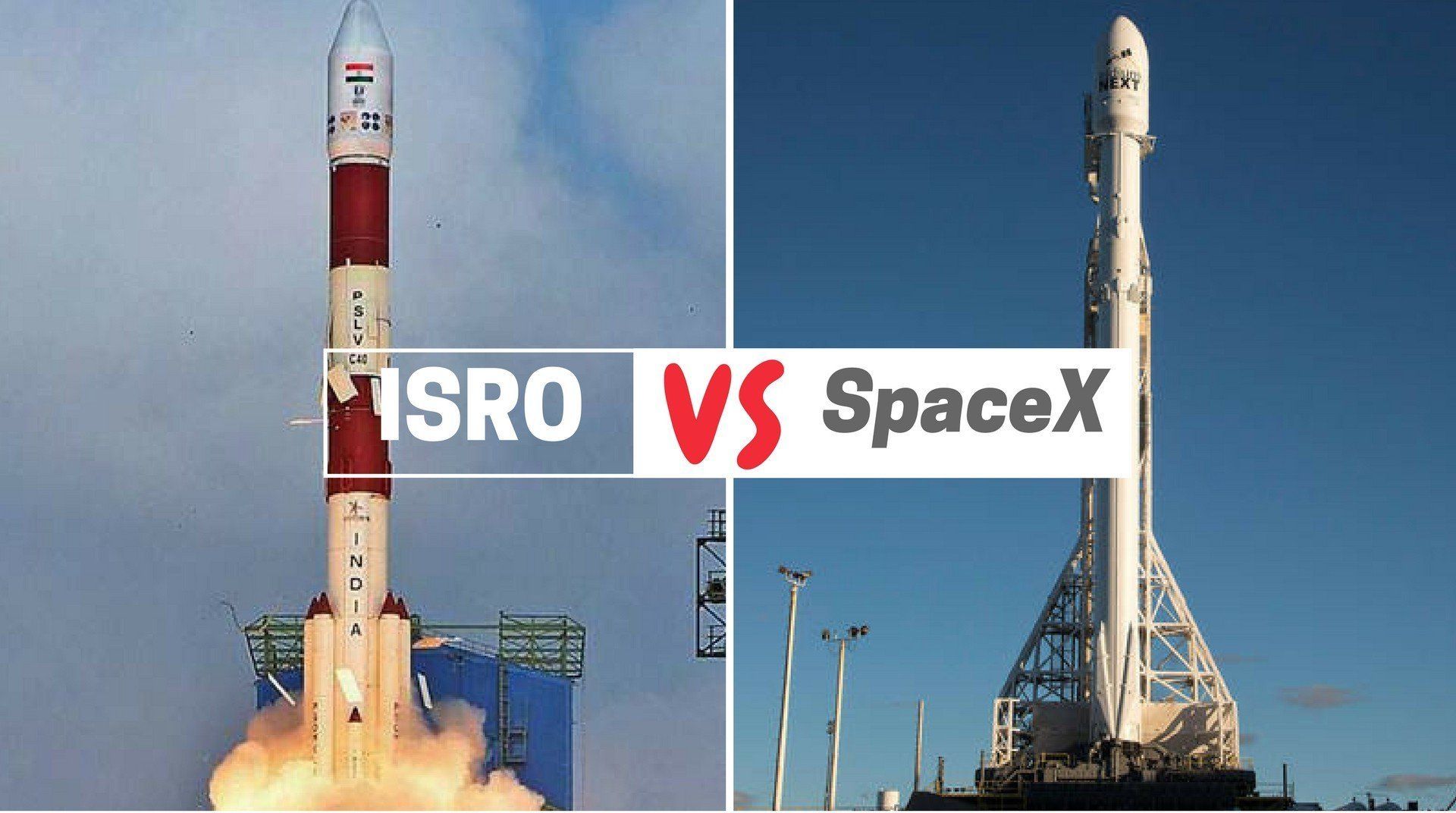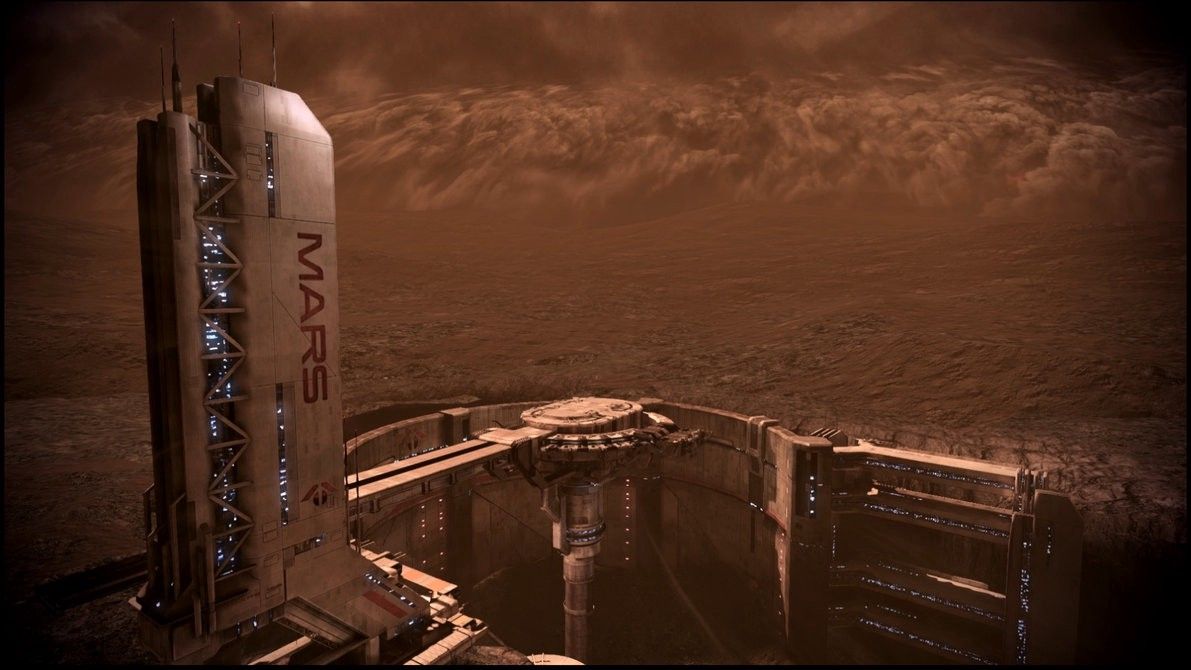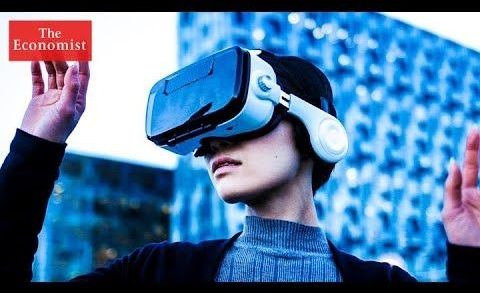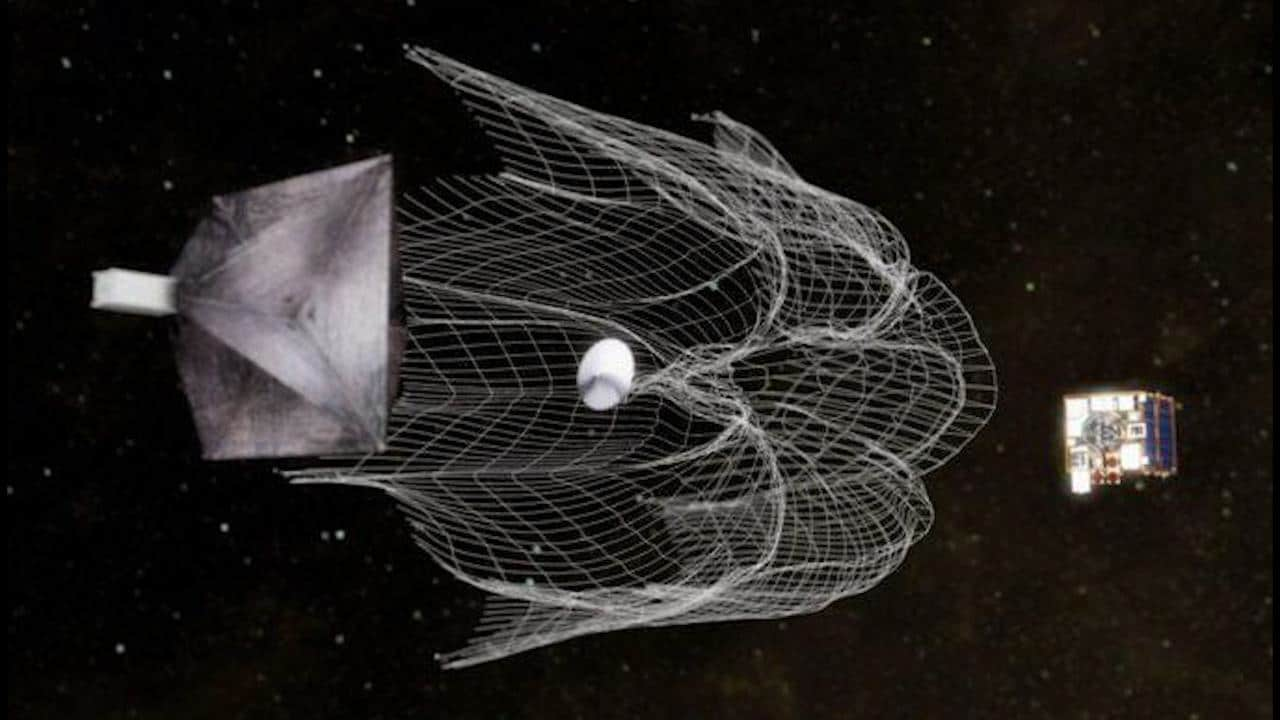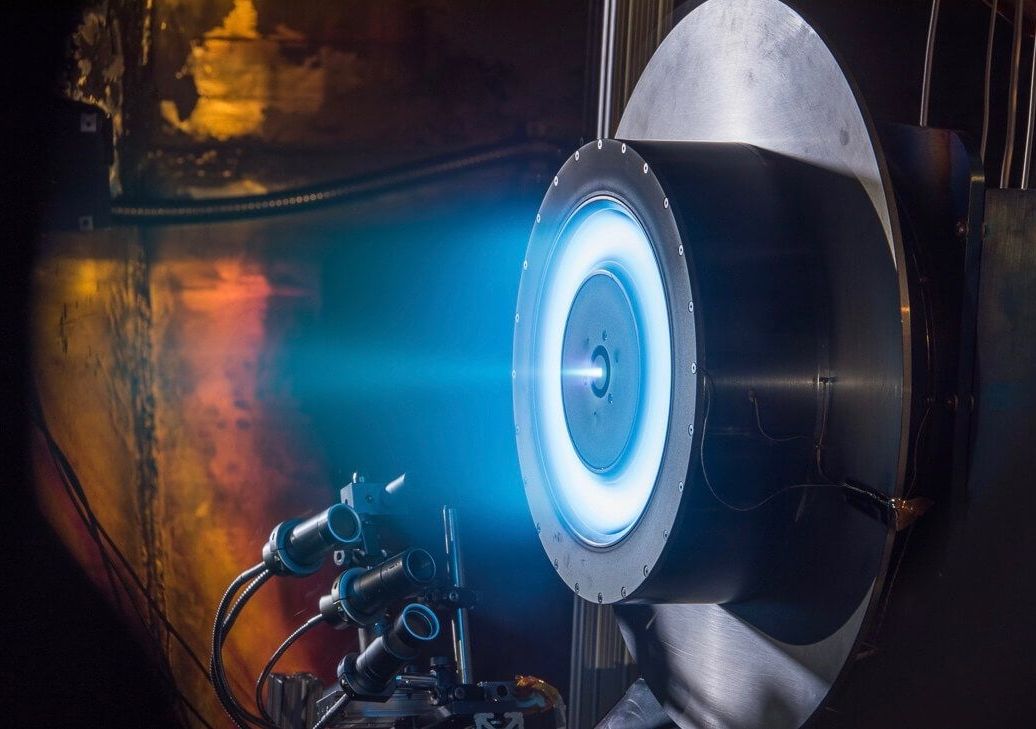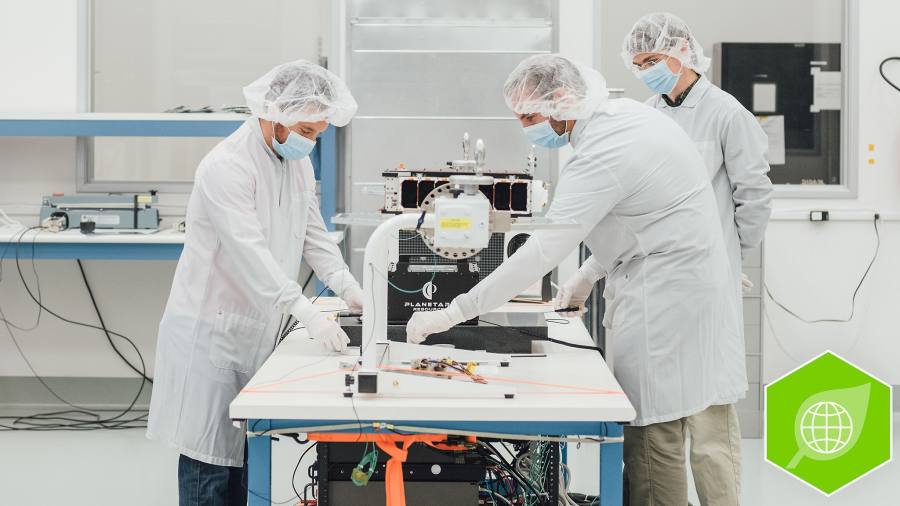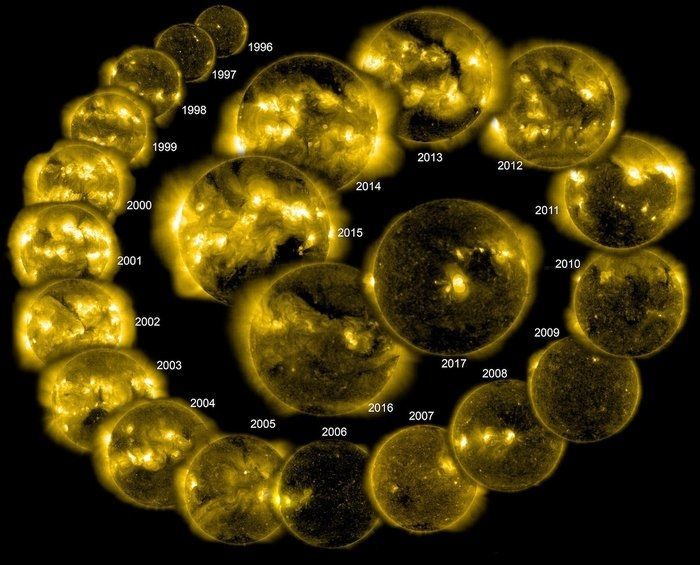New research — conducted both in space and on Earth — suggests that simulated microgravity could be used to boost stem-cell therapy for cardiac repair.
Category: space travel – Page 442

In 1969, William Safire was President Nixon’s speech writer. He wrote the short speech shown below, and delivered it to Chief of Staff, H.R. Haldeman. The speech was to be read by Nixon in the event that the Apollo 11 lunar lander failed to launch or that some other problem caused the lander or mothership to crash back onto the surface of the moon.
In 1969, the space race was at full throttle. Russians were first to launch a satellite, send a dog and a man into space,* and perform an extravehicular space walk. America was under great pressure to fulfill John F. Kennedy’s promise and beat the Russians in landing a man on the moon. Today, former engineers at NASA acknowledge that they believed the chances of such a catastrophe were more than 50%.
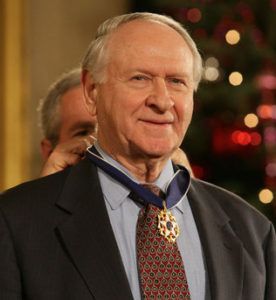
William Safire was a brilliant orator and linguist, known primarily as a columnist and journalist. He received the Presidential Medal of Freedom (from George Bush in 2006). He died in 2009.
The Apollo 11 disaster speech is pure poetry. It fits Nixon’s demeanor, while inspiring the public to continue support for exploration despite such a spectacular failure.
William Safire’s speech for President Nixon—in the event of a moon landing disaster:
Fate has ordained that the men who went to the moon to explore in peace will stay on the moon to rest in peace.
These brave men, Neil Armstrong and Edwin Aldrin, know that there is no hope for their recovery. But they also know that there is hope for mankind in their sacrifice.
These two men are laying down their lives in mankind’s most noble goal: the search for truth and understanding.
They will be mourned by their families and friends; they will be mourned by their nation; they will be mourned by the people of the world; they will be mourned by a Mother Earth that dared send two of her sons into the unknown.
In their exploration, they stirred the people of the world to feel as one; in their sacrifice, they bind more tightly the brotherhood of man.
In ancient days, men looked at stars and saw their heroes in the constellations. In modern times, we do much the same, but our heroes are epic men of flesh and blood.
Others will follow, and surely find their way home. Man’s search will not be denied. But these men were the first, and they will remain the foremost in our hearts.
For every human being who looks up at the moon in the nights to come will know that there is some corner of another world that is forever mankind.
* The US was first to send an animal into space. On June 11, 1948, Albert 1, a rhesus monkey, was launched on a V2 rocket. But this was a suborbital flight. It cleared the atmosphere but could not have sailed away from Earth’s gravity, nor even achieved orbit. The first animal to attain orbit was launched more than 9 years later. A dog, Laika, launched on board the Soviet Sputnik 2 spacecraft on November 3, 1957.
Source: Watergate.info
India’s premier space agency Indian Space Research Organisation (ISRO) has built a reputation for launching rockets into space at very convenient prices. The consequent effect?
A lot of customers from around the world have come flocking to avail India’s economical rocket-launching services and this has helped the country make some extra bucks from its space exploration program.
However, it’s a pretty competitive space.
A Blockchain For Mars
Posted in bitcoin, cryptocurrencies, finance, space travel
Outside John Snow Pub, arguably one of the best pubs to visit on a rainy November day in Soho, London, I was having a beer with my dear friend Alex, discussing tech and cryptocurrency like we always do. The thing that struck me the most from the conversation that Alex brought up was the technical challenges of Mars to have its own blockchain due to speed of light delays between Earth and Mars. It took me on a little journey of determining what might a blockchain on Mars look like, what are the challenges brought upon by speed of light and other factors, and how to push forward the efforts of colonizing the Red Planet.
The past few years and especially 2017 have brought cryptocurrency to the mainstream. Everyone and their grandmother can be seen at one point asking around “How can one buy bitcoin?” and “Would you buy Ripple?” among other questions. Every day, someone armed with a badly-edited whitepaper (a paper outlining how the technology works) will raise millions of dollars in Initial Coin Offerings, or ICOs (the cryptocurrency version of a stock market IPO). By now, one can see that, while 99% of the coins will probably fail due to bad planning, overpromised marketing, or because of their scammy nature, there is no doubt that the future of the cryptocurrency market is bright and it has a lot of room for growth.
The race to Mars is on going. SpaceX still is leading the efforts to allow humans for colonization of the Red Planet, most recently with their two simultaneous Falcon Heavy rocket landings.
The tech-industry is led by sci-fi nerds who want to create the things they read about, or saw on screen.
We all stand to benefit, provided that is, they can avoid the ethical pitfalls depicted in science fiction.
Steven Spielberg’s new film “Ready Player One” imagines a future where people live much of their lives in virtual reality. Do science fiction’s predictions of the future ever come true? Yes. And it’s no surprise, given that the tech industry is led by sci-fi fans turning their visions into reality.
If you’re watching this on your phone it is partly thanks to Captain Kirk.
In Star Trek, first broadcast in 1966 he used a pocket-sized device to communicate with his crew.
T he world’s most advanced litter-picker will be launched into space next week to clean up floating debris which is threatening satellites and the International Space Station (ISS).
Surrey University has designed a spacecraft which can grab space junk then pull it into Earth’s atmosphere where it is burned up.
The little craft, named RemoveDebris, is due to launch from the Kennedy Space Centre on Monday, on board one of Elon Musk’s SpaceX Falcon 9 rockets.
A one-way trip to Mars with conventional chemical rockets could take up to nine months. It’s a long time for humans to be in a spaceship exposed to radiation and other hazards. That’s one reason NASA, space agencies, universities, and private industry are pursuing different rocket technologies. Here’s a look at them.
Many asteroids are rich in minerals, metals and water, making them potential life support systems for humans venturing deep into the solar system.
“Asteroids contain all the materials necessary to enable human activity,” says Peter Stibrany, chief business developer and strategist of California-based Deep Space Industries (DSI). “Just those near Earth could sustain more than 10bn people.”
Moreover, their relatively small mass means their gravitational field is weak, so in this respect, at least, they are much easier than larger bodies such as the moon to land on and leave, he argues.
Out of billions of stars in the Milky Way galaxy, there’s one in particular, orbiting 25,000 light-years from the galactic core, that affects Earth day by day, moment by moment. That star, of course, is the sun. While the sun’s activity cycle has been tracked for about two and a half centuries, the use of space-based telescopes offers a new and unique perspective of our nearest star.
The Solar and Heliospheric Observatory (SOHO), a collaboration between NASA and the European Space Agency (ESA), has been in space for more than 22 years — the average length of one completed solar magnetic cycle, according to an image caption from ESA. In the new image, SOHO researchers pulled together 22 images of the sun, taken each spring over the course of a full solar cycle. When the sun is at its most active, strong magnetic fields show up as bright spots in the sun’s outer atmosphere, called the corona; black sunspots appear as concentrations of magnetic fields reduce the sun’s surface temperature during active periods as well.
Throughout the sun’s magnetic cycles, the polarity of the sun’s magnetic field gradually flips. This initial phase takes 11 years, and after another 11 years, the magnetic field’s orientation returns to where it began. Monitoring the entire 22-year cycle provided significant data regarding the interaction between the sun’s activity and Earth, improved space-weather forecasting capabilities and more, ESA officials said in the caption. SOHO has revealed much about the sun itself, capturing “sunquakes,” discovering waves traveling through the corona and collecting details about the charged particles it propels into space, called the solar wind.
